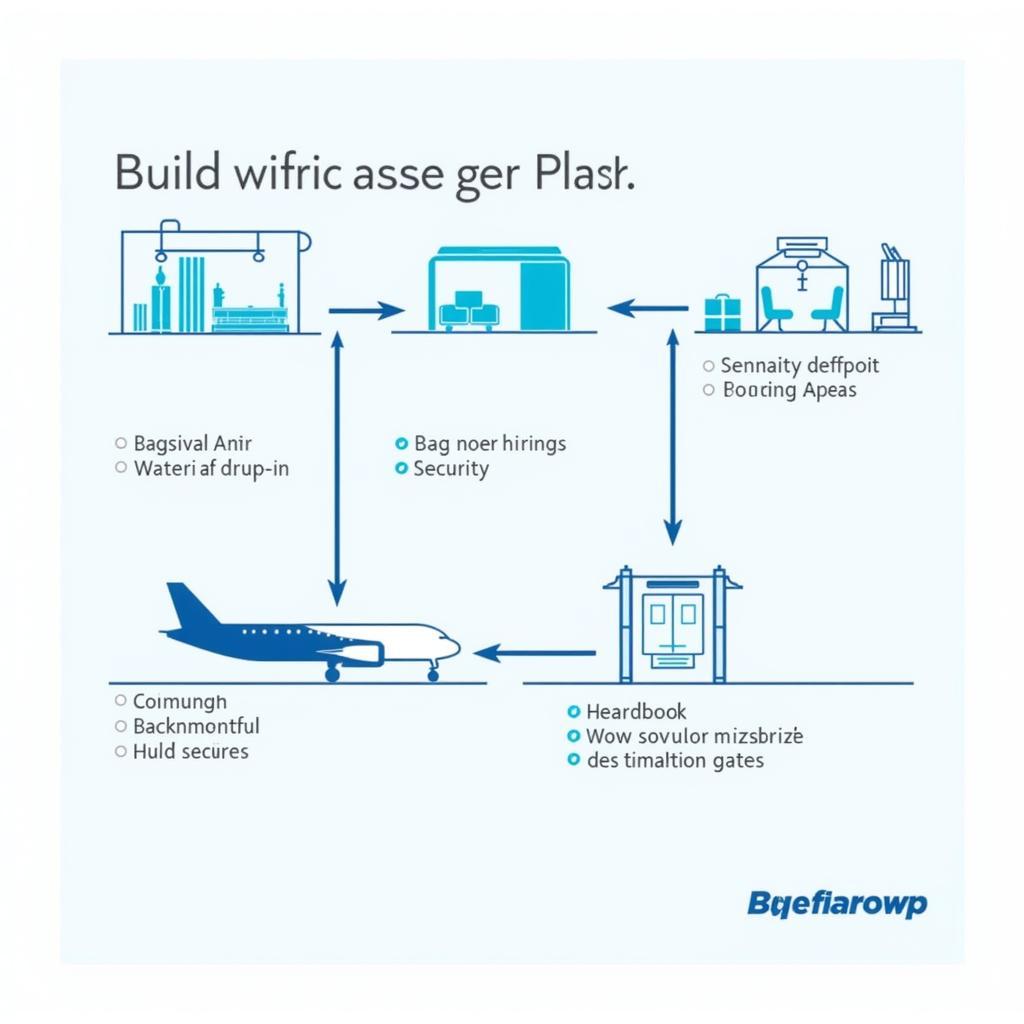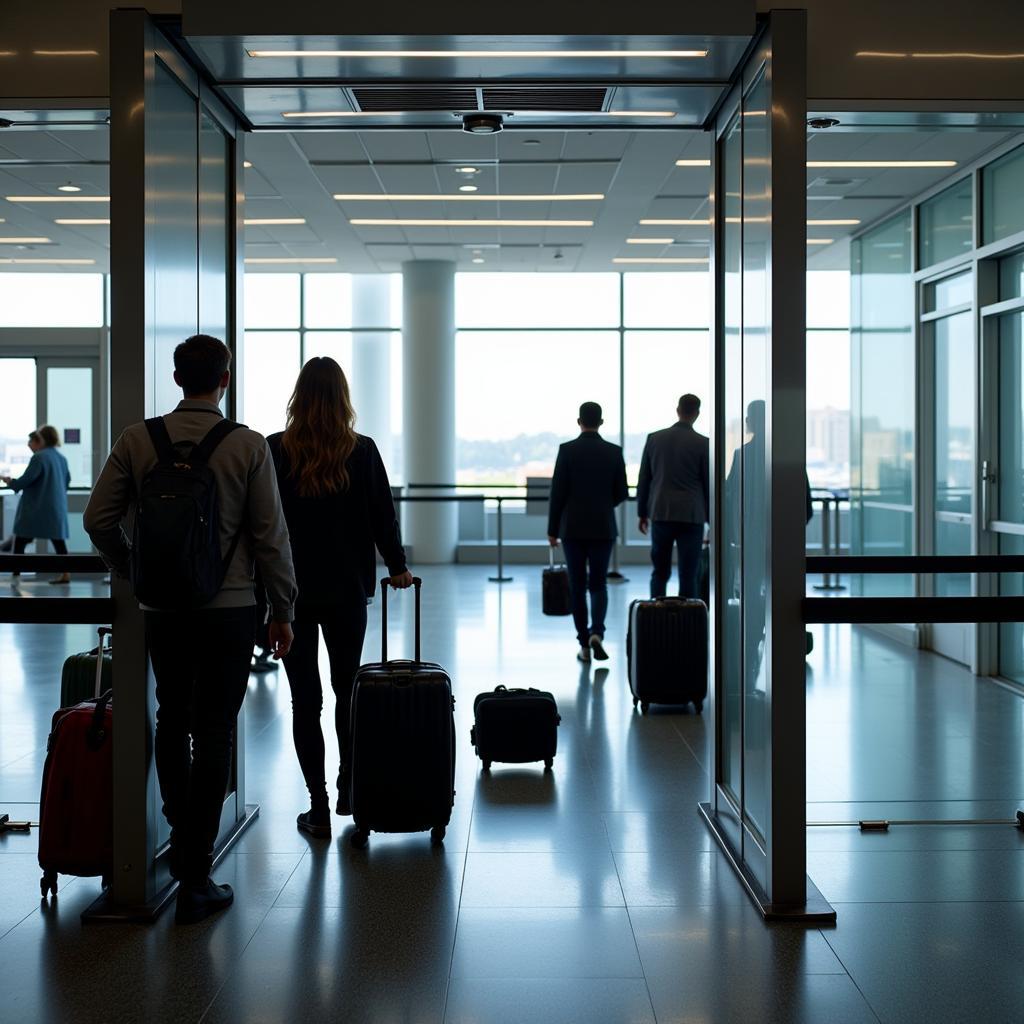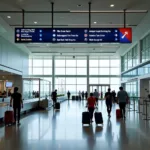Domestic airports are the bustling hubs connecting cities and towns within a country, facilitating business trips, family vacations, and everything in between. They play a vital role in a nation’s infrastructure, driving economic growth and enabling social connections. Understanding how domestic airports operate, their various facilities, and the passenger experience can enhance your travel preparedness and make your journeys smoother.
Traveling through domestic airports involves a specific set of procedures and understanding these can greatly reduce stress and save time. From check-in processes to security screenings, navigating these steps efficiently can make all the difference. Let’s delve into the intricacies of domestic airport operations and uncover what makes them tick.
Understanding Domestic Airport Operations
Unlike international airports, domestic airports primarily handle flights within a country’s borders. This distinction simplifies certain procedures, such as customs and immigration, allowing for a more streamlined passenger experience. However, security checks remain a critical aspect of domestic airport operations to ensure passenger safety.
Domestic airports vary significantly in size and capacity, from small regional airports serving a limited number of destinations to large hub airports handling thousands of passengers daily. Each airport is designed to cater to specific passenger volumes and aircraft types. Understanding these differences can help you prepare for your travel experience.
 Domestic Airport Operations Flowchart Depicting Passenger Journey
Domestic Airport Operations Flowchart Depicting Passenger Journey
Navigating the Domestic Airport Terminal
Most domestic airports feature a clear layout designed for efficient passenger flow. Key areas include check-in counters, security checkpoints, baggage claim, and waiting areas. Understanding the layout of your specific airport can help you navigate with ease. Many airports now provide interactive maps and wayfinding tools on their websites and mobile apps.
Familiarizing yourself with common airport signage, such as gate numbers, baggage claim carousels, and restroom locations, can further enhance your navigation experience. Remember to check flight information displays frequently for updates on your gate and boarding time.
Security Procedures at Domestic Airports
Security procedures are a crucial aspect of domestic airport operations. While the specific requirements might vary slightly from airport to airport, the core principles remain consistent. These measures are implemented to ensure the safety and security of all passengers.
Passengers are typically required to remove their shoes, belts, and outerwear, and place them in bins for X-ray screening. Electronic devices, such as laptops and tablets, are usually screened separately. Understanding these procedures and preparing accordingly can expedite the security process.
 Passengers Going Through Security Checkpoint at a Domestic Airport
Passengers Going Through Security Checkpoint at a Domestic Airport
What is the Purpose of a Domestic Airport?
The primary purpose of a domestic airport is to facilitate air travel within a country. They connect cities and regions, enabling business, tourism, and personal travel. Domestic airports are essential components of a nation’s transportation infrastructure.
What are the Different Types of Domestic Airports?
Domestic airports are categorized based on their size, passenger volume, and the types of aircraft they handle. They range from small regional airports serving limited destinations to large hub airports connecting numerous cities and facilitating passenger transfers. Like [domestic airports in tamilnadu], some cater to specific regions.
How to Find Information About Specific Domestic Airports?
Information about specific domestic airports can be readily found online, often on the airport’s official website. These websites provide details on flight schedules, terminal maps, available amenities, and ground transportation options. Resources like [santacruz domestic airport] provide specific information about individual airports.
Similar to [mumbai domestic airport terminal 2], many airports offer detailed information online, making your travel experience much smoother. For those interested in enhancing their travel experience, exploring airport lounges can be beneficial. You can find details about lounge access at specific airports, such as the [pune domestic airport lounge], online.
Enhancing Your Domestic Airport Experience
Understanding the various amenities and services available at domestic airports can significantly enhance your travel experience. Many airports offer a wide range of dining options, from quick bites to sit-down restaurants. Retail shops provide opportunities for last-minute purchases or browsing.
Some airports also offer premium services, such as airport lounges, which provide a comfortable and relaxing environment for passengers awaiting their flights. Knowing what your airport offers can make your travel experience more enjoyable. Airports in specific states, such as the [domestic airport in rajasthan], might offer unique regional experiences.
Conclusion
Domestic airports are vital gateways connecting communities and fostering economic growth. By understanding their operations, navigating their terminals effectively, and utilizing the available resources, you can ensure a smoother and more enjoyable travel experience. Being well-informed and prepared empowers you to take full advantage of the conveniences offered by domestic airports, turning what can sometimes be a stressful experience into a seamless part of your journey.
FAQ
- What is the difference between a domestic and an international airport?
- How early should I arrive at the domestic airport before my flight?
- What are the standard security procedures at domestic airports?
- Where can I find information about specific domestic airport terminals and gates?
- What amenities and services are typically available at domestic airports?
- How can I navigate a domestic airport efficiently?
- What should I do if my flight is delayed or canceled at a domestic airport?
Need help with your travel plans? Contact us! Phone: +13089626264, Email: [email protected], or visit us at 404 Bothwell St, Oxford, NE 68967, USA. We have a 24/7 customer service team ready to assist you.

